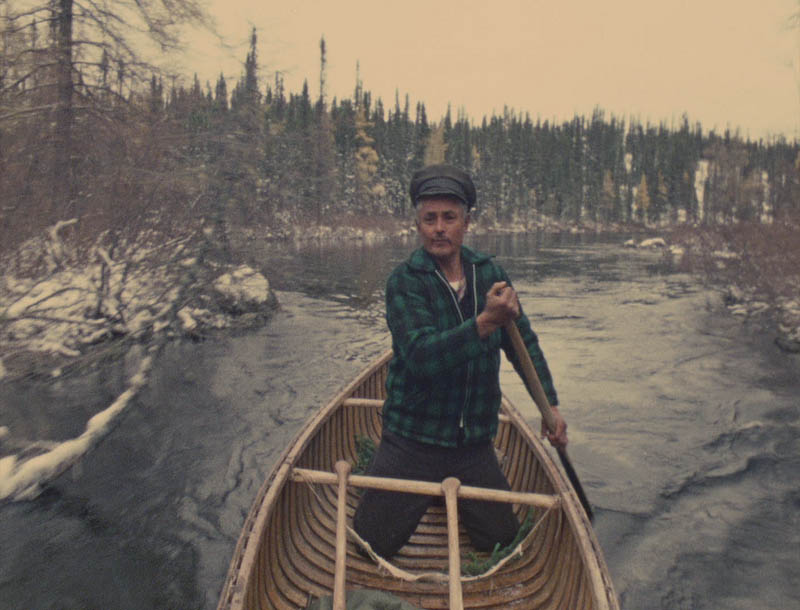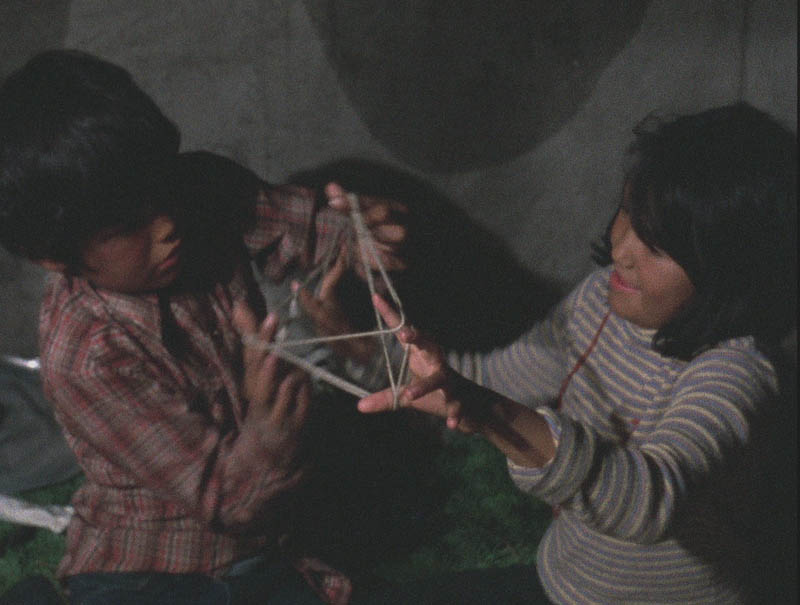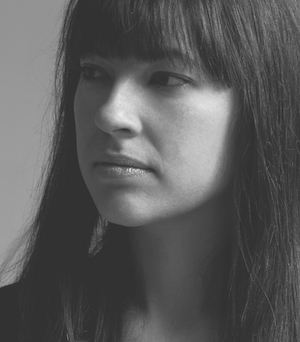Directed by Caroline Monnet –
A journey by canoe into the city creates a dynamic interconnection between natural and urban spaces. In this evocative short set to a hypnotizing soundtrack by Inuk artist Tanya Taqaq, director Caroline Monnet celebrates the fierce resourcefulness of Indigenous people in adapting to the dizzying changes of the past century.
GFM:
Mobilize is part of an NFB film project called Souvenir. Tell us about the project and your involvement?
Caroline:
The NFB approached me and three other filmmakers across Canada to use their archival images and revamp them for this idea of portraying indigenous identity. It was initially commissioned by the Pan Am Games for the Aboriginal Pavilion at the this year’s event. We had about one week to edit and one month overall to make the films using soundtracks by A Tribe Called Red and Tanya Tagaq.
GFM:
The source material is particularly interesting. You used films from the ‘60s and ‘70s. Are they from notable films?
Caroline:
My wish for the film was to talk about people moving forward, so when I looked at the films, I really focused on images of people doing something, either building or showing off their skills and constantly moving. I found some great footage from Cree Hunters of Mistassini, the guy riding a canoe. I also found Cesar’s Bark Canoe, another really great film showcasing an elder building a canoe. There’s also High Steel so there’s a few successful NFB films that I took the liberty to take some of the images from and really remix them, revamp them.
GFM:
Can you comment on the idea of taking existing films and making a new film out of them?
Caroline:
It’s interesting for me to use archival images to talk about a contemporary indigenous image using 16 millimeter film. It’s interesting to use that and remix it with a very upbeat track and very contemporary sound beat editing. It actually makes the images look pretty modern.
GFM:
Your choice of music really seems to drive this concept of mobilization.
Caroline:
Yes, the National Film Board asked that we pick a track by Tanya Tagaq. So, I listened to her album and chose the song ‘Uja’, the most upbeat track, because I wanted the film to be really exhilarating. I wanted people to be bombarded by information and feel that we are a people who are really moving forward. I love the track, it’s kind of punk and metal and tribal all at the same time. I felt it fit the vision that I was going for using traditional visuals with an upbeat track. It created a nice tension and they completed each other. I feel the music is 50% of the film and it really helps in creating the kind of journey and adventure that the film is trying to achieve.
GFM:
Considering your work in general, you’re an artist who works in different types of media, not just film. How does film play a role in your artistic vision?
Caroline:
I work in sculpture, painting and filmmaking and they influence each other. For me the visual arts are physical and the filmmaking is a bit more cerebral, so it’s easy for them to influence each other. It’s a nice break when I do filmmaking and then switch to visual arts. I also think that because I’m self-taught, there’s an aesthetic in my films that’s just different. I just do what I think is good to do. I follow my instincts and I approach a film in the same way I approach an art piece. There’s a process behind it and I always follow a certain aesthetic.
GFM:
Please elaborate on your experience collaborating with the NFB.
Caroline:
It’s really great to have the NFB commission work for filmmakers. It’s an opportunity for us to step outside our comfort zones and do something. There isn’t the pressure of trying to make your own film. There are parameters that you have to follow and I find that sometimes it’s easier to work with tools like that when you have strict guidelines to follow. The National Film Board has been really, really great in allowing us to use the archive footage for this fantastic initiative. I think it’s important to still look at the archive footage, there is valuable knowledge in it.


